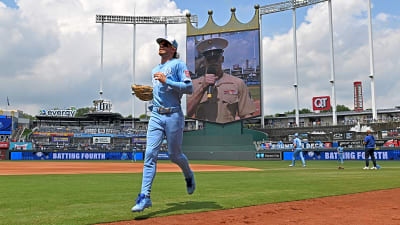Waves are fleeting in nature. They come and go. But some waves have disappeared entirely, either by natural forces or human hands, and one in particular suffered the latter fate. Killer Dana, as it was known, was once Southern California’s premier big wave spot.
It held in smaller swells, too, rivaling the pointbreak nature of Malibu and Rincon. It was also home to a thriving surf community of the fifties and sixties. But today, after the construction of the Dana Point Harbor and the destruction of the wave, Killer Dana is just a memory.
Thankfully, there’s archival videos out there to harken back to the days when Killer Dana was a Southern California surfing mecca; like this one below.
The footage shows a glimpse at Killer Dana’s past, with long, reeling waves wrapping around the headland for traditional surfers and canoe surfers to enjoy. It also shows Greg Noll surfing Cotton’s Point, and the surf scene at Windansea in ’57. As the description says:
“Shot on 16mm film in 1958, this footage shows Dana Point before the harbor was built — a peaceful paradise for surfers and beach lovers alike. This was the early spark of a surf culture that would later inspire the Beach Boys and define California’s coastal identity.”
For more on the history of Killer Dana, there’s this video below, which gives a good breakdown of the wave, its significance to the early California surfing scene, and its untimely demise.
In 1966, the Army Corps of Engineers began construction on the Dana Point Harbor, effectively killing Killer Dana. And now, it’s gone for good.
“This is essentially what the Surfrider Foundation is trying to do,” the narration on the first video says. “You know, prevent ruining a surf spot, so that a few people can park their plastic boats.”
More must-reads:
- First-round draft pick Jahdae Barron finally inks rookie deal with Broncos
- LeBron James' agent warns NBA media about his retirement
- The 'MLB Home Run Derby champions' quiz
Breaking News
Trending News
Customize Your Newsletter
 +
+
Get the latest news and rumors, customized to your favorite sports and teams. Emailed daily. Always free!








